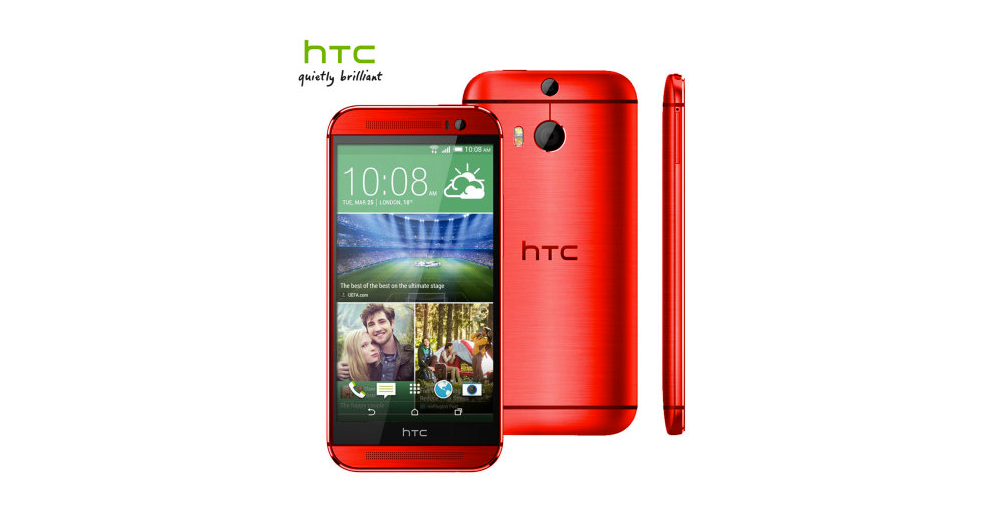Nokia UK has released a new video showcasing the Lumia's wireless charging capabilities. In the video, we are shown two characters who have just had one heck of a night. Upon returning to their bedroom, the man attempts to plug his phone (appears to be an iPhone) into the charger, but fails. He ends up falling asleep before he could plug his phone in. The woman, on the other hand, simply places her Lumia Windows Phone device on a charging plate to begin the charging process.
"Say no to the wires jungle in your bedroom.. With wireless charging you can recharge your batteries while your Lumia smartphone sleeps like a baby...or was it the other way around?" the video description reads. We've embedded the video below for your viewing pleasure.
For those of you who have a Windows Phone device from Nokia, with wireless charging capabilities, do you still prefer plugging in your phone into an outlet or do you prefer wireless charging?














 LG appears to be prepping a new low-cost, entry-level device, dubbed L35
(D150), according to an UA profile unearthed from LG's very own site.
The device in question is nearly identical to what Sony has in store for
the price-conscious niche with its still fresh Xperia E1. According to
LG appears to be prepping a new low-cost, entry-level device, dubbed L35
(D150), according to an UA profile unearthed from LG's very own site.
The device in question is nearly identical to what Sony has in store for
the price-conscious niche with its still fresh Xperia E1. According to  Smartwatches are here to stay and the
current leader on the market for wearables is unsurprisingly none other
than Samsung. According to a report by Strategy Analytics, the tech
giant from the Far East had 71% of the market during the first quarter
of the year, as it shipped 500,000 smartwatches during the trimester.
Smartwatches are here to stay and the
current leader on the market for wearables is unsurprisingly none other
than Samsung. According to a report by Strategy Analytics, the tech
giant from the Far East had 71% of the market during the first quarter
of the year, as it shipped 500,000 smartwatches during the trimester.



 Report from Variety suggested that Google was in the final stages to announce plans to buy video game streaming service Twitch for roughly $1 billion. A separate report from the Wall Street Journal,
who must have much different sources, claims that the deal is still
early, and that Twitch may decline whatever offer is made, opting for
additional funding instead of selling off the company to Google.
Report from Variety suggested that Google was in the final stages to announce plans to buy video game streaming service Twitch for roughly $1 billion. A separate report from the Wall Street Journal,
who must have much different sources, claims that the deal is still
early, and that Twitch may decline whatever offer is made, opting for
additional funding instead of selling off the company to Google.